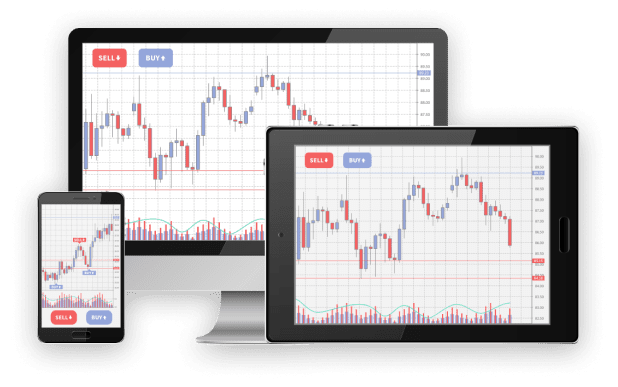
Trading in financial markets requires precision, strategy, and the ability to interpret vast amounts of data. This is where trading indicators come into play, serving as essential tools to make informed decisions. Indicators available on trading platforms like Metatrader 4 can help traders analyze price trends, momentum, and market behavior. Understanding and using them effectively can significantly enhance trading strategies.
What Are Trading Indicators?
Trading indicators are mathematical calculations based on historical price data, volume, or open interest. They are visualized in the form of charts or overlays on trading platforms. These tools offer insights into potential market movements, helping traders decide when to enter or exit a trade.
Indicators typically fall under two categories:
• Leading Indicators predict future price movements, giving traders a glimpse into potential outcomes.
• Lagging Indicators confirm trends by showing data after market movements occur.
Both types are valuable depending on the trading strategy employed—whether it’s scalping, day trading, or long-term investing.
Key MetaTrader 4 Indicators to Consider
There are several indicators available to analyze markets better, but these commonly target specific metrics to sharpen your focus on market trends.
1. Moving Averages (MAs)
Moving Averages smooth out price data over a specific period, making it easier for traders to identify the general direction of the trend. For example, traders often use crossover points of short-term and long-term MAs as potential buy or sell signals. The simple and exponential moving averages are highly popular tools among traders.
2. Relative Strength Index (RSI)
The RSI measures the speed and change of price movements to identify overbought or oversold conditions in the market. Featuring a scale of 0 to 100, an RSI below 30 indicates an asset may be oversold (buying opportunity), while a reading above 70 suggests it might be overbought (selling opportunity).
3. Fibonacci Retracement
Fibonacci retracement levels predict potential price reversal zones by dividing the price range into specific ratios (e.g., 23.6%, 38.2%, and 61.8%). This is a favored tool among traders looking to identify support and resistance levels in volatile markets.
4. Moving Average Convergence Divergence (MACD)
The MACD is a versatile tool indicating trend direction and momentum changes. When the MACD line crosses above the signal line, it generates a bullish signal; conversely, a cross below the signal line typically implies bearish momentum.
Enhancing Trading Decisions
Effective use of indicators requires more than adopting them blindly. Experienced traders often combine multiple indicators to gain better insights, reduce false signals, and improve accuracy. For example, pairing RSI with MACD can help confirm momentum alongside trend strength. Similarly, adding Fibonacci retracement to a chart with moving averages helps identify more precise support or resistance levels.
Additionally, it’s essential to adapt indicators based on specific markets. For example, highly volatile assets like cryptocurrencies may react differently to indicator strategies than stable currency pairs in the forex market.
Final Thoughts
Indicators are invaluable for traders aiming to make data-driven decisions. By mastering their use, traders can better understand market trends, identify opportunities, and manage risks effectively. However, indicators should complement—not replace—sound trading discipline and risk management practices for reliable outcomes.